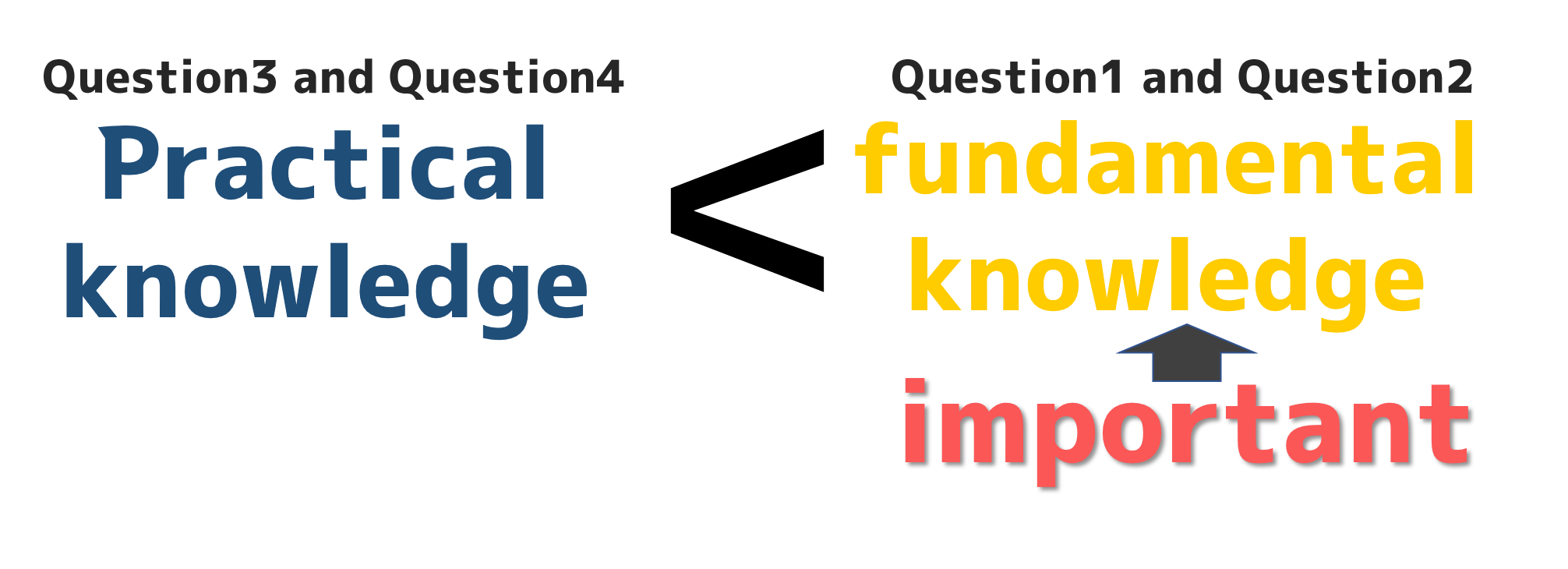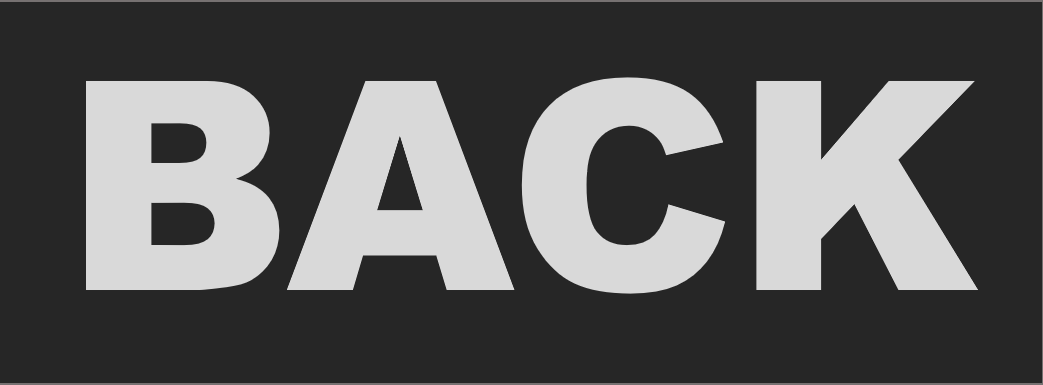In fact, sample questions for the 2025 Common Test were released on November 9 2022. Let's take a peek at its contents for a moment.
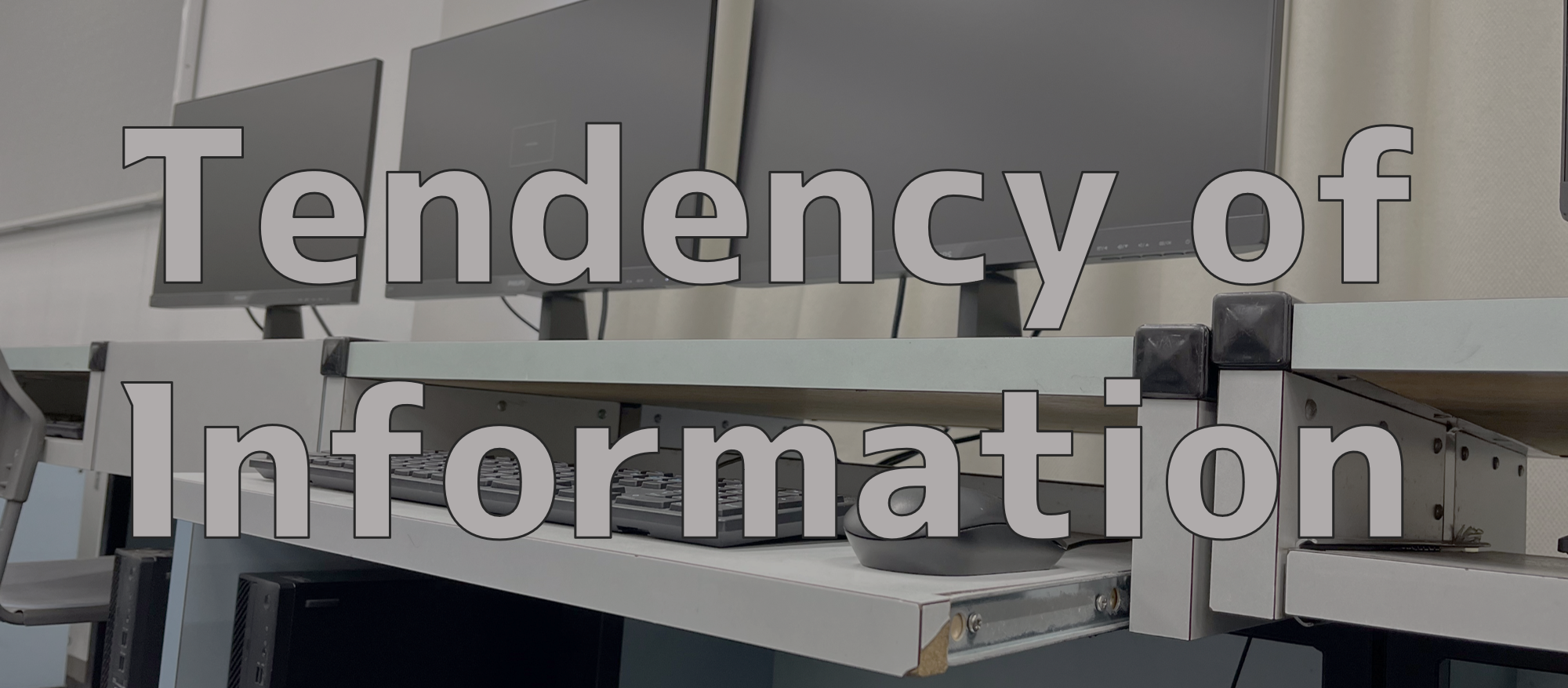
Top > Pre-research > Tendency of "Information"
Tendency of "Information"
Question1
Question 1 asked students to understand and be able to use Information technology and other technologies in the context of the Information society and human interaction. Questions on Internet literacy, binary numbers, and logic circuits were asked.
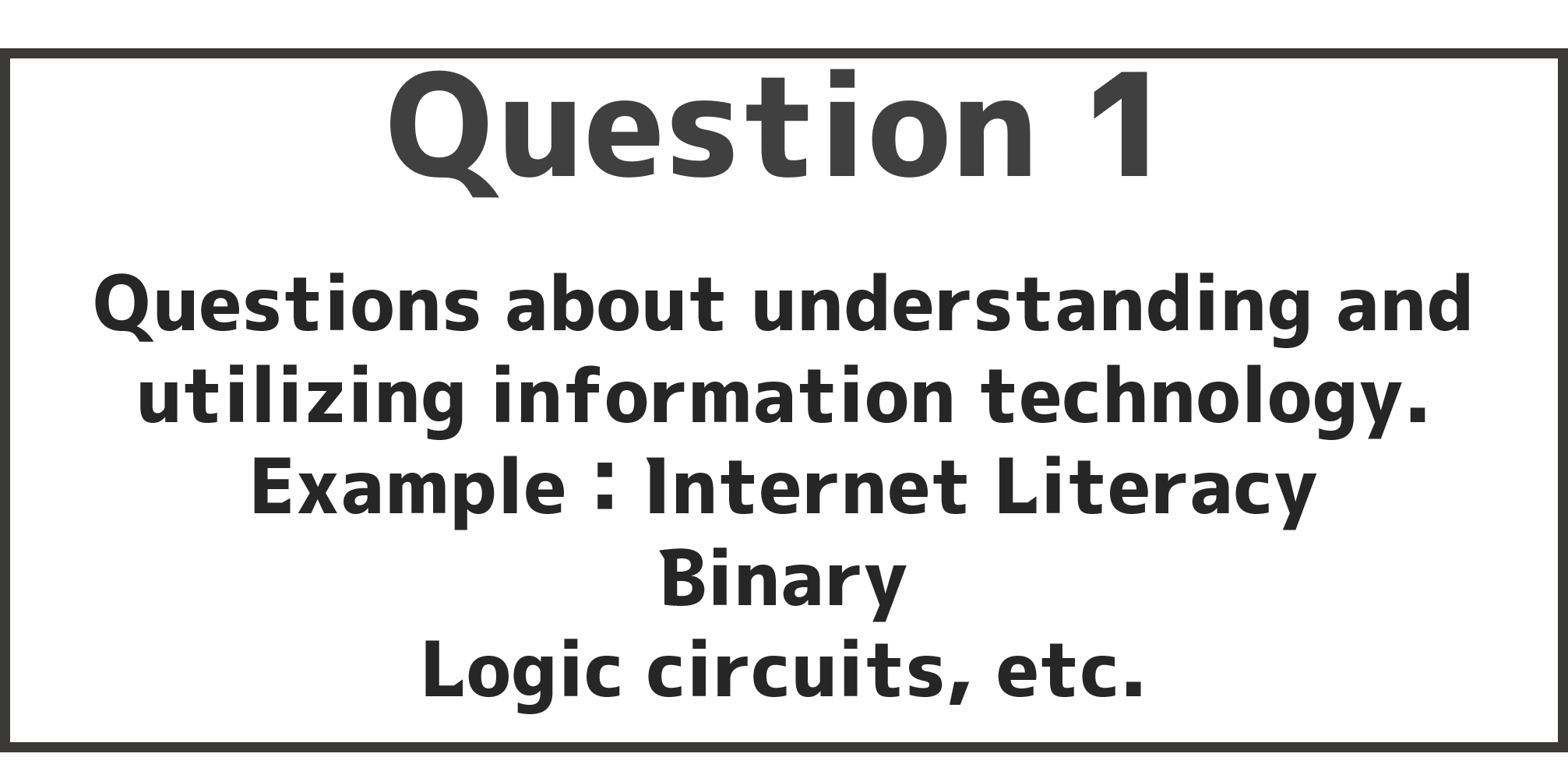
Question2
Question 2 included questions on problem solving, programming, and Information design. To give an example, in solving the problem of considering the waiting situation for a bake sale at a cultural festival, the question asked students to understand the concept of simulation of a stochastic model and to read what they could understand from the results derived from the simulation.
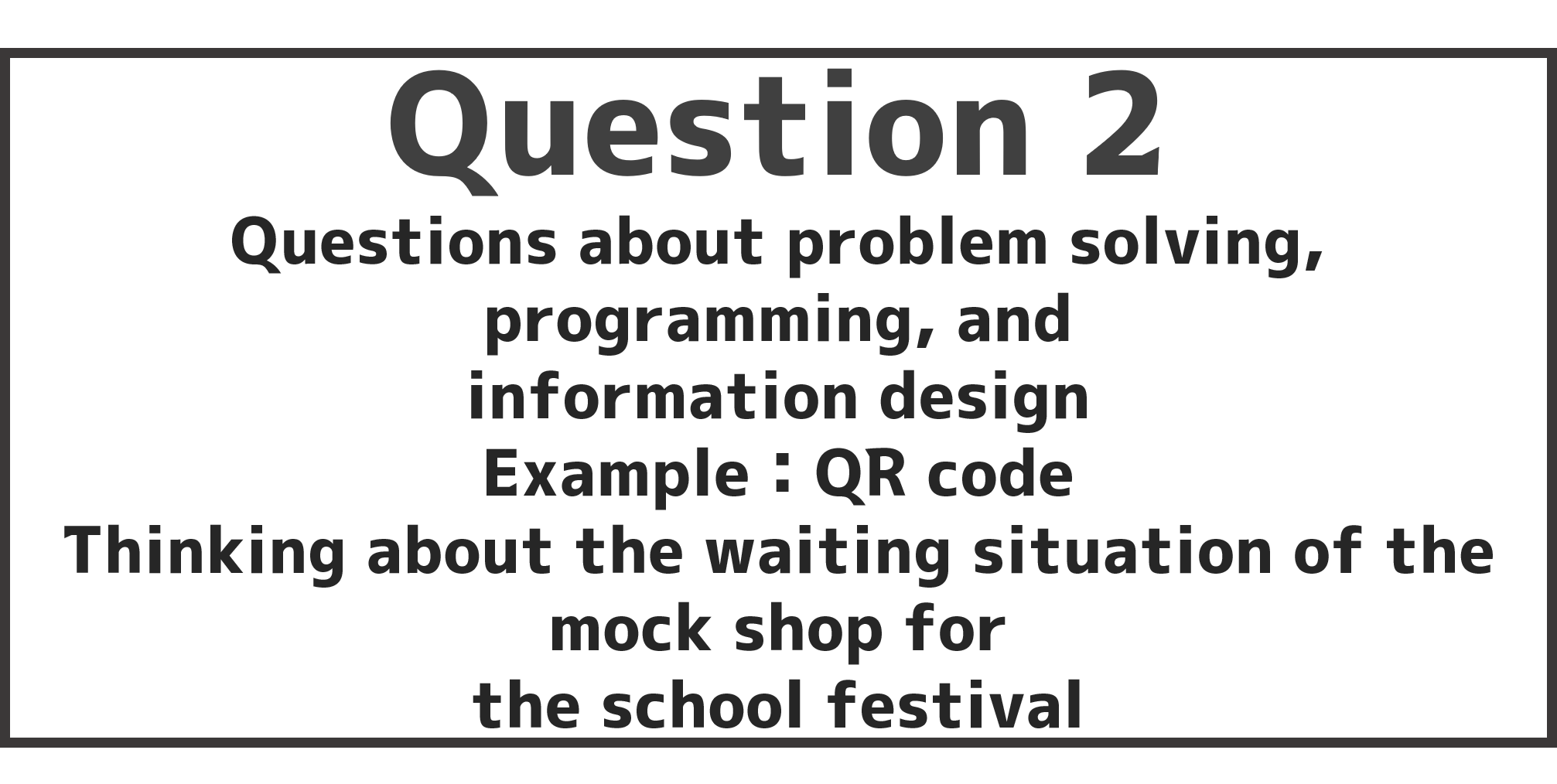
Question3
Question 3 asks whether the student can logically consider a program based on an understanding of basic algorithms and programming. The prototype question starts with an everyday conversation and is expressed in a program. The questions are geared toward science majors because they think mathematically; there is no language specification, such as python or javascript, and programs are used exclusively for the common test.
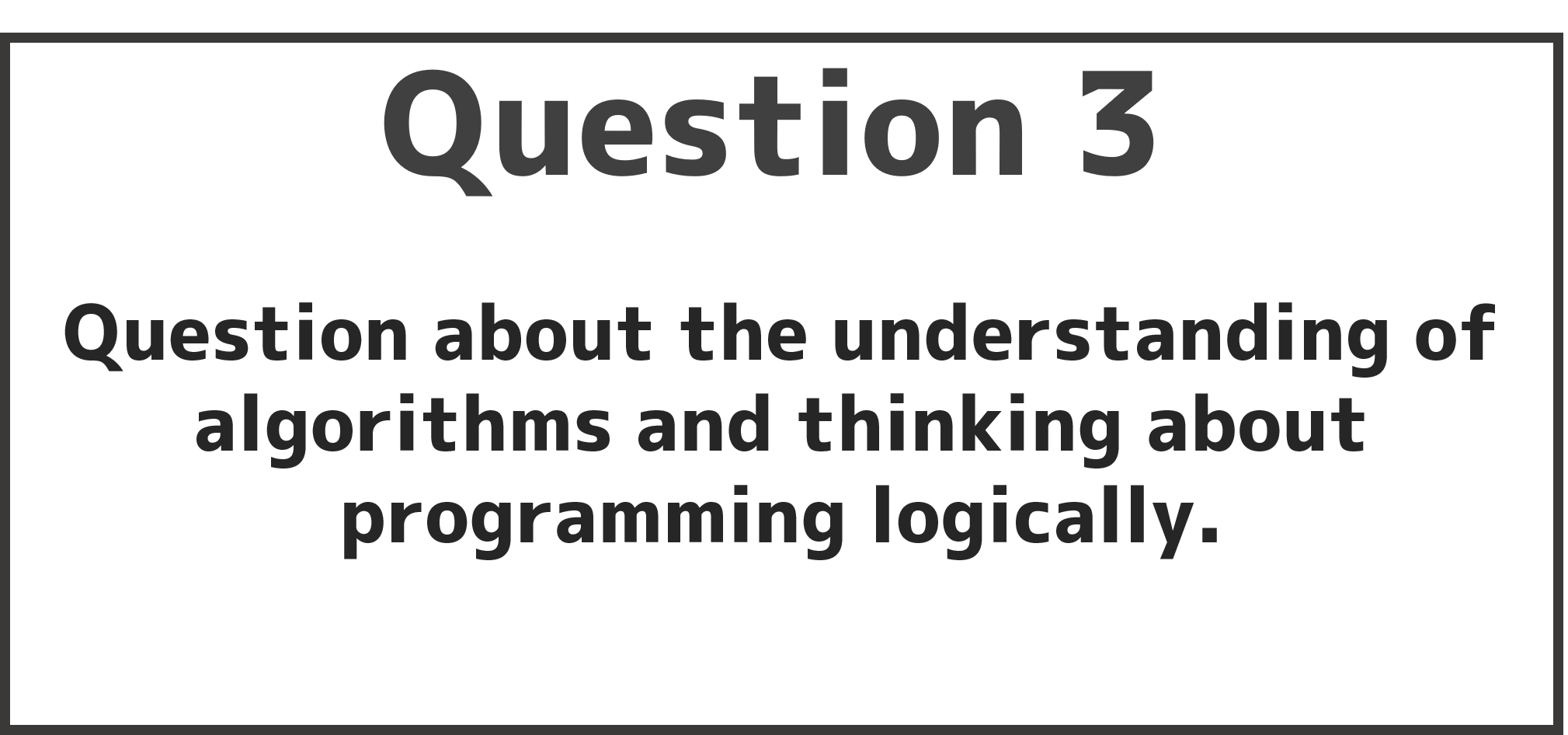
Question4
Question 4 requires the use of data. Specifically, the question asked for the ability to utilize and analyze data and to consider what can be read from the graphs represented by the data, based on the relationship between sleeping hours, study hours, and smartphone usage hours.
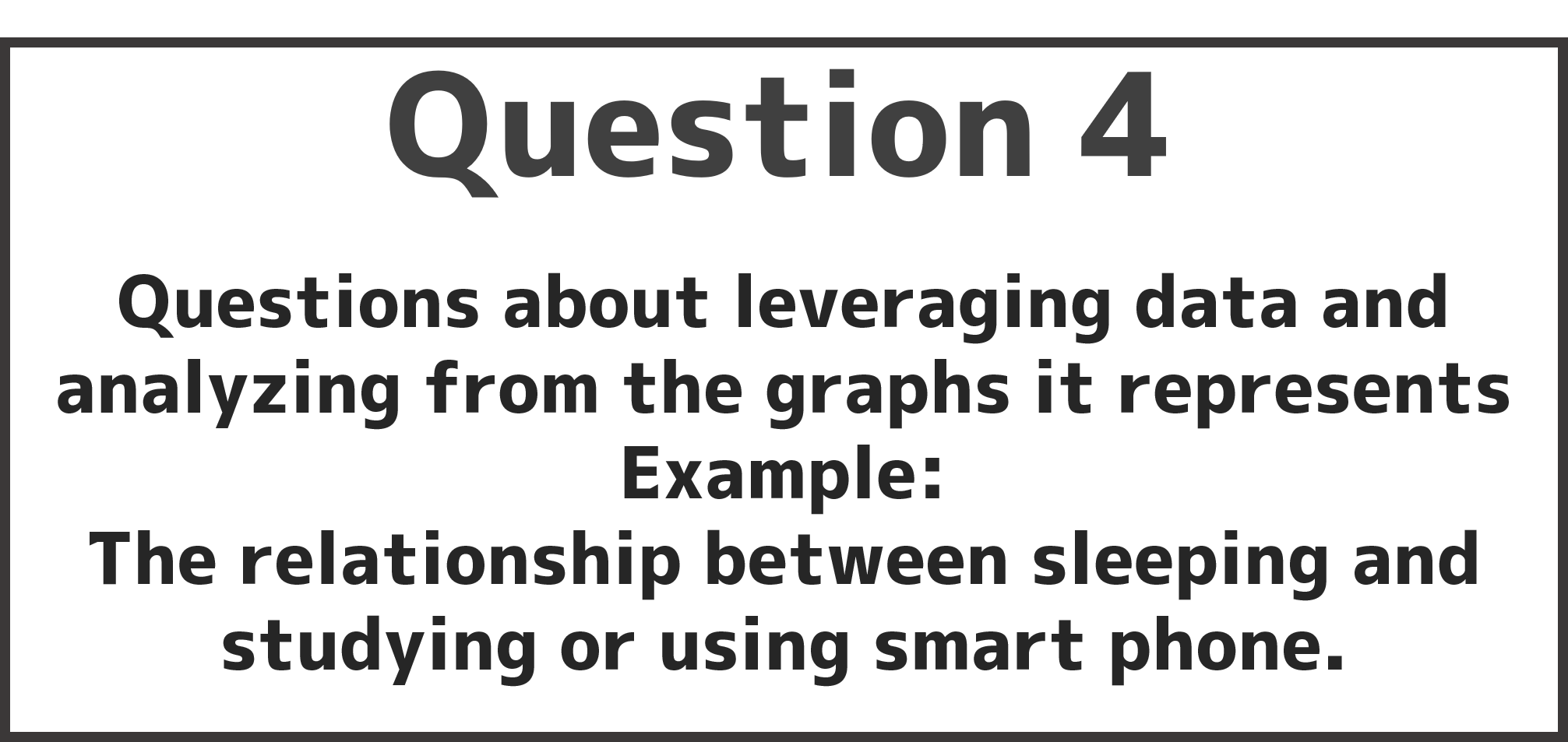
Preparation for "Information"
Based on past trends, when Question1 and Question2 are considered the first half and Question3 and Question4 the second half, it can be said that the first half of the examination involves many questions that test fundamental knowledge, while the second half requires logical thinking and the ability to consider. Therefore, in order to spend more time on the second half, we think it is important to solve the first half of the test, which is mainly in the fundamental range, more quickly.
